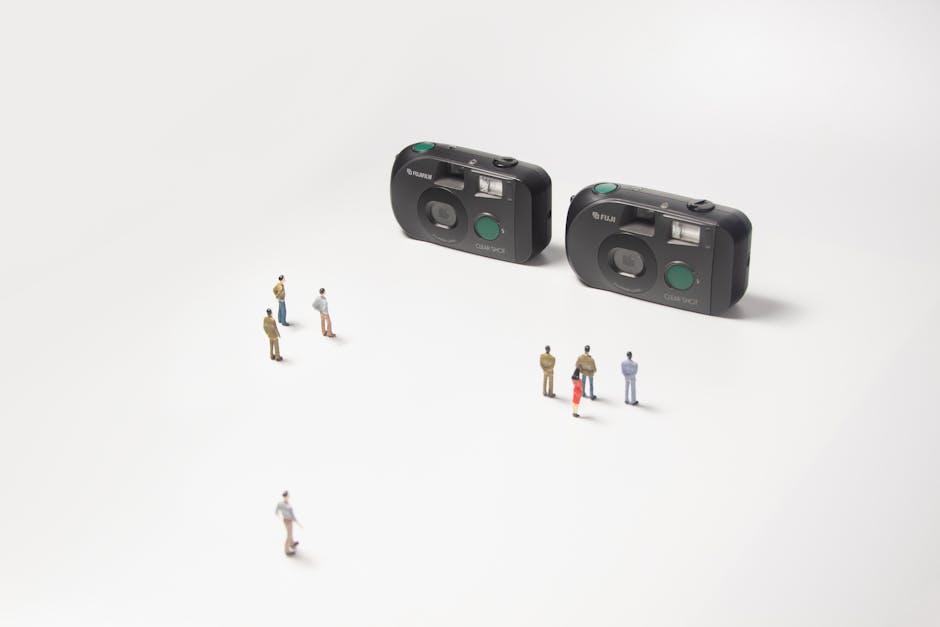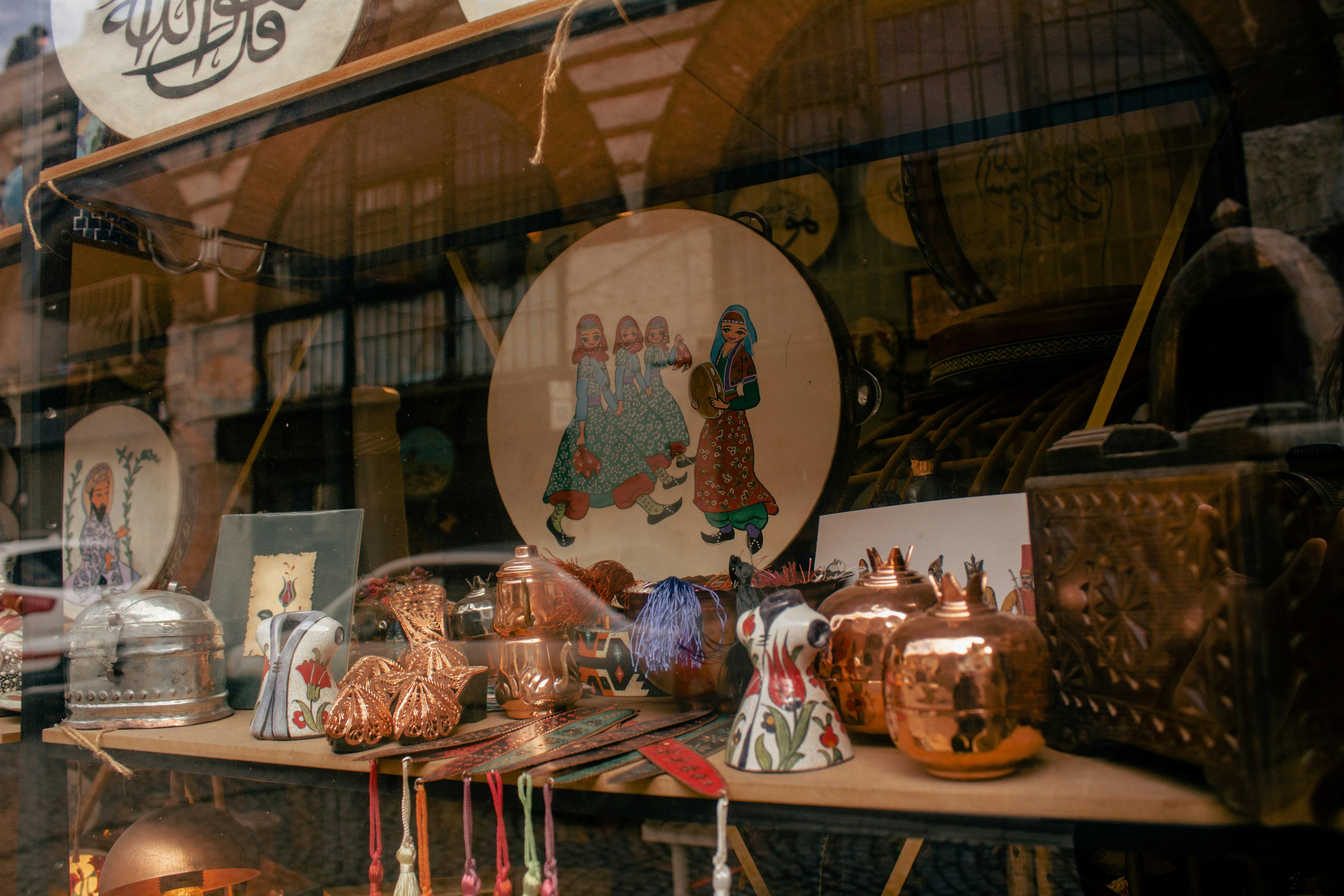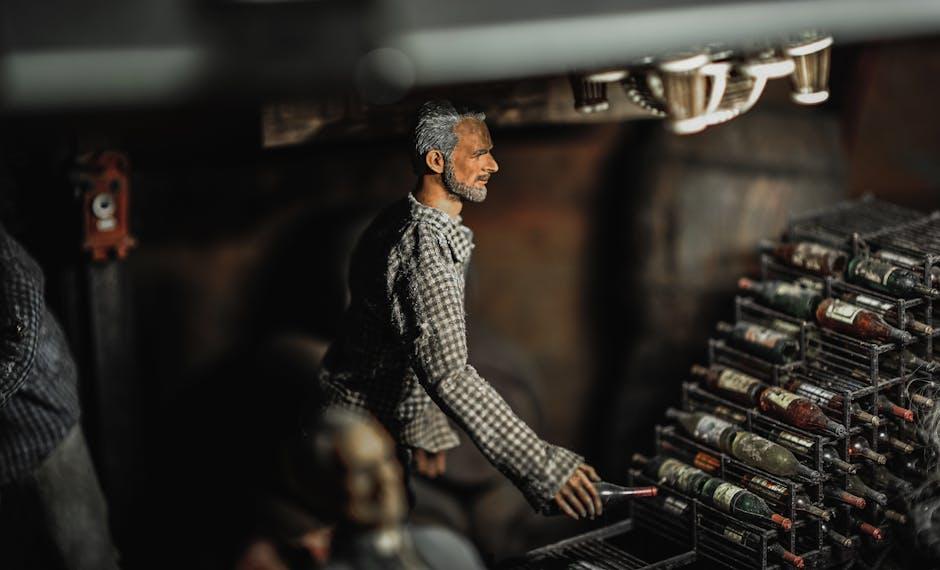In the realm of filmmakers-prioritize-realism-over-visual-spectacle-in-historical-films/” title=”Should filmmakers prioritize realism over visual spectacle in historical films”>cinematic magic, where the boundaries between reality and imagination blur, miniatures have long served as a vital tool in crafting immersive worlds. This analytical exploration delves into the enduring use of miniatures in movie production, highlighting their pivotal role in achieving realistic scale and depth. Despite advancements in digital technology, filmmakers continue to rely on these meticulously crafted models to evoke authenticity and texture that often elude computer-generated imagery. By examining key examples and techniques, this article unpacks the artistic and technical prowess behind miniatures, reaffirming their indispensable place in the filmmaker’s arsenal.
Mastering Scale: The Art of Miniature Use in Film
In the realm of cinema, the use of miniatures has become a sophisticated art form, allowing filmmakers to create worlds that are both expansive and intimately detailed. Miniatures offer filmmakers a tangible way to manipulate scale, crafting scenes that would otherwise be impossible or prohibitively expensive with full-sized sets. This technique is not just about cost-effectiveness but also about achieving a level of realism that CGI sometimes struggles to match. By integrating miniature models seamlessly with live-action footage, directors can evoke a sense of authenticity and depth that captivates audiences.
- Detail and Texture: Miniatures provide intricate details that enhance the visual storytelling, adding layers of texture that enrich the cinematic experience.
- Lighting and Shadows: The physical presence of miniatures allows for natural interaction with light, creating realistic shadows and highlights.
- Physical Dynamics: Real-world physics apply to miniatures, making them perfect for dynamic scenes like explosions or natural disasters.
By mastering the art of miniature use, filmmakers harness a powerful tool that blurs the line between reality and imagination, offering viewers an experience that is both visually stunning and emotionally resonant.

Techniques for Enhancing Realism with Miniature Models
Crafting lifelike miniatures requires a blend of artistry and precision. Filmmakers often employ several techniques to enhance the realism of these models, ensuring that every detail is meticulously accounted for. Texture application is crucial; using materials that mimic real-life surfaces, such as sandpaper for asphalt or foam for brickwork, can dramatically increase the believability of a scene. Lighting is another essential factor, with modelers utilizing strategic illumination to cast realistic shadows and highlights, simulating natural light sources to add depth and dimension.
Incorporating forced perspective is a clever method used to manipulate the viewer’s perception, making miniatures appear life-sized when juxtaposed with live-action footage. Additionally, the use of camera angles plays a significant role, with careful positioning ensuring that the models blend seamlessly into the cinematic landscape. The choice of color palettes also influences realism; selecting hues that match the intended environment helps to ground the miniature in its on-screen reality. By combining these techniques, filmmakers can create breathtakingly realistic scenes that captivate audiences and enhance storytelling.
- Texture application – Mimicking real-life surfaces.
- Strategic illumination – Simulating natural light.
- Forced perspective – Altering viewer perception.
- Camera angles – Ensuring seamless integration.
- Color palettes – Matching environmental hues.

Integrating Miniatures with Digital Effects for Seamless Visuals
In the realm of film production, the fusion of miniatures with digital effects has revolutionized the way filmmakers create realistic scale visuals. By leveraging the tangible textures and intricate details of miniatures, directors can achieve a level of authenticity that purely digital models often struggle to replicate. When combined with cutting-edge CGI, these miniatures transform into dynamic, immersive environments that captivate audiences. This hybrid approach allows filmmakers to maintain the tactile realism of physical models while seamlessly integrating them into expansive digital landscapes.
- Enhanced Realism: Miniatures provide a tactile quality that enhances the believability of scenes.
- Cost-Effective: Building small-scale models can be more budget-friendly than creating large-scale digital effects from scratch.
- Dynamic Integration: Digital effects allow for the addition of movement and complex interactions, bringing static models to life.
- Artistic Flexibility: Filmmakers can experiment with lighting, angles, and textures in ways that might be restrictive in a purely digital setting.
By harnessing both traditional and modern techniques, filmmakers are crafting visuals that not only engage the audience but also push the boundaries of what is visually possible in cinema.

Best Practices for Lighting and Camera Work with Miniatures
- Consistent Lighting: Ensure that the lighting on miniatures matches the scene’s intended mood and scale. Utilize soft, diffused light to mimic natural conditions and avoid harsh shadows that can betray the model’s size. Employ bounce cards and reflectors to control the light and add depth without overwhelming the details.
- Camera Angles and Depth of Field: Select camera angles that enhance the illusion of scale. Low angles can make miniatures appear more imposing, while high angles might suggest vulnerability. Use a narrow depth of field to blur backgrounds, drawing focus to the miniature and reinforcing the sense of realism.
- Scale-Consistent Textures: To maintain believability, ensure that the textures on miniatures are consistent with the scale of the environment. This involves careful attention to materials and finishes, which should be highlighted appropriately through strategic lighting and camera work.
By mastering these techniques, filmmakers can seamlessly integrate miniatures into their productions, creating immersive worlds that captivate audiences. The attention to detail in lighting and camera work is crucial in transforming small-scale models into grand cinematic experiences.

